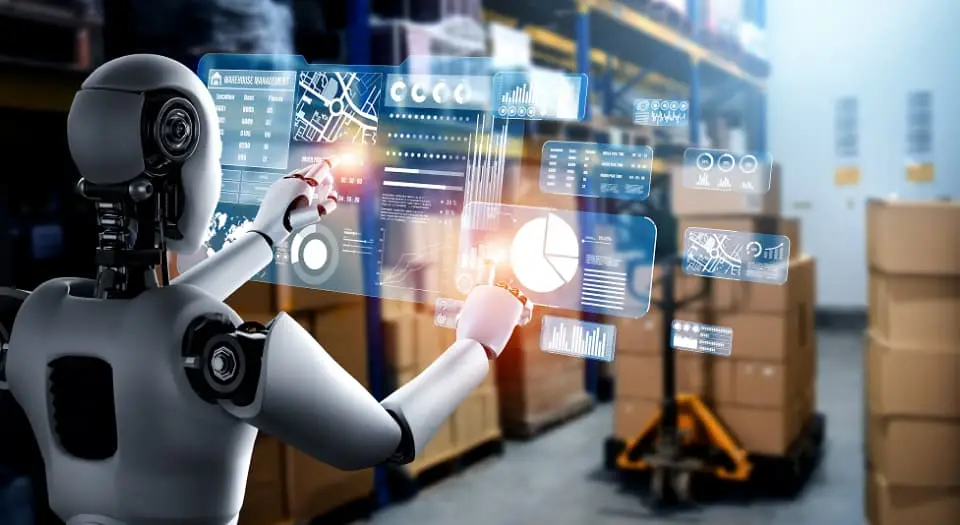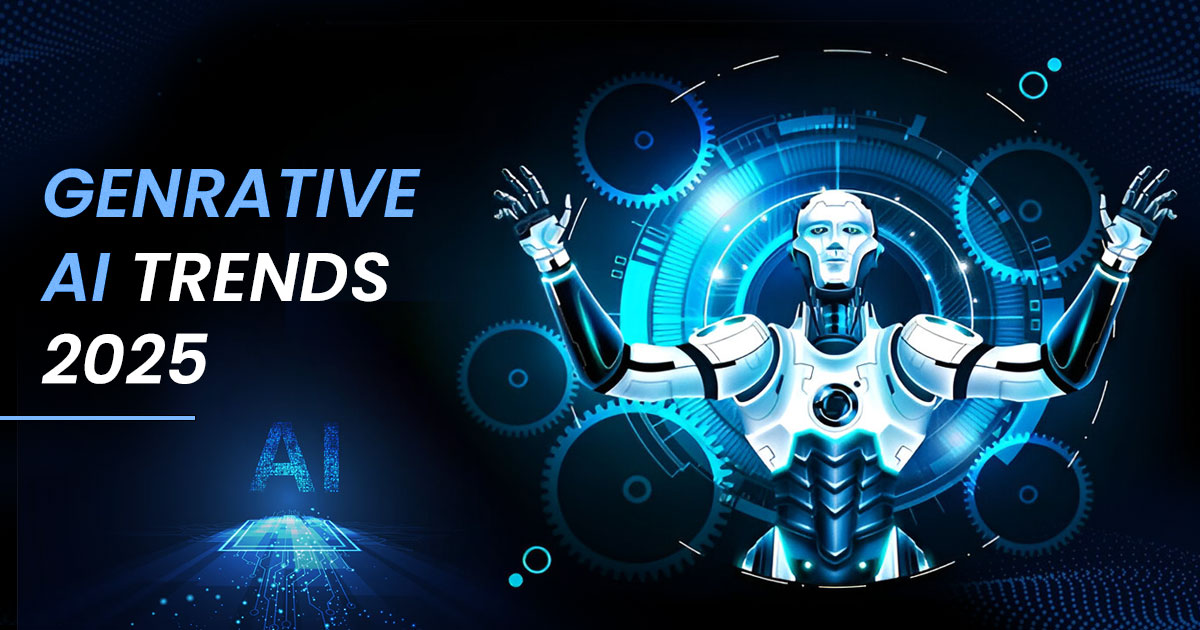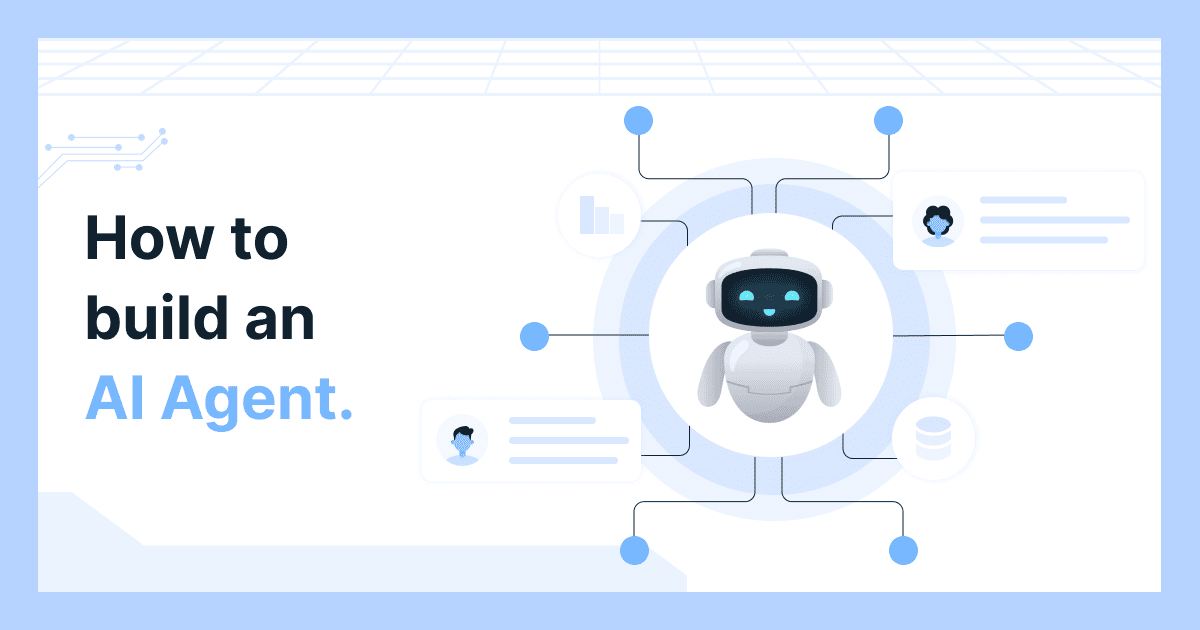All aspects of a modern and efficient workflow today depend on the smooth flow of goods, services, and materials. Consider for a moment your daily online purchases – from the moment that raw material is extracted till the second that a package arrives at your doorstep, there are countless hands, processes, and decisions at play to ensure that everything arrives smoothly.
This planning and movement is known as Supply Chain Management (SCM) and is an imperative part of global commerce.
Over the decades, SCM has evolved beyond mere logistics. Today, it encompasses everything from demand forecasting to inventory optimization, transportation management, and customer service. While traditional methods have served us well, the complexities of modern-day supply chains demand a new approach.
This is where modern emerging technology like hyper-automation transforms traditional SCM. In the words of Gartner, hyper-automation is a business-driven, disciplined approach that organizations use to rapidly identify, vet, and automate as many business and IT processes as possible.
It involves the orchestrated use of multiple technologies, tools, or platforms, including artificial intelligence (AI), machine learning, event-driven software architecture, robotic process automation (RPA), business process management (BPM), and intelligent business process management suites (iBPMS), integration platform as a service (iPaaS), low-code/no-code tools, packaged software, and other types of decision, process, and workflow automation tools.
Importance of integrating hyper-automation and AI in SCM
While traditional SCM has served as a solid foundation for decades, the present global landscape presents new challenges it wasn’t designed to address. Today’s market demands greater scalability, real-time visibility, and adaptability than traditional methods can readily offer.
Hyperautomation and the integration of tech are much needed to upgrade supply management for the following reasons –
- Scalability: Manual processes and rigid systems can become bottlenecks when faced with fluctuating demand or expanding markets. Scaling them up often requires significant effort and resources. Furthermore, data is often scattered across siloed systems, hindering real-time insights into inventory levels, production bottlenecks, or potential disruptions. This delays proactive decision-making.
- Slow reaction to change: Adapting to market shifts, disruptions, or evolving customer needs can be cumbersome with traditional methods, impacting agility and responsiveness.
These limitations can lead to inefficiencies, missed opportunities, and, ultimately, dissatisfied customers. These limitations act as roadblocks to true SCM efficiency. However, hyper-automation and AI, with their combined power of automation, analysis, and intelligent decision-making, offer a solution.
Understanding hyper-automation in SCM
To truly understand how hyper-automation can positively influence supply chain management as it is today, let’s dive into its key elements and components and how it can be leveraged for supply chain management.
Here are the elements and their specific functionalities:
Understanding the elements
- Robotic Process Automation (RPA)
RPA effortlessly automates tasks that are repetitive and rule-based, such as processing orders, generating invoices, and entering data. By imitating human actions with precision and speed, RPA frees up valuable human resources for higher-level strategic activities.
- Artificial Intelligence (AI)
AI uses sophisticated algorithms to analyze vast datasets, detecting valuable patterns and insights. In the context of SCM, AI can forecast demand with impressive accuracy, anticipate potential disruptions, and even optimize transportation routes in real time.
- Machine Learning (ML)
Building upon AI’s analytical capabilities, ML continuously learns and evolves by incorporating new data and experiences. Within SCM, ML can refine demand forecasts over time, personalize customer interactions, and even automate complex decision-making processes.
- Business Process Management (BPM)
BPM maps analyzes, and optimizes business processes. It ensures tasks are streamlined, bottlenecks are identified, and the entire flow operates with optimal efficiency.
Essentially, RPA automates, AI analyzes, ML refines, and coordinates BPM. Collaboratively, their efforts transform data into valuable insights and streamline mundane tasks.
Examples of hyper-automation in SCM
So, how can hyper-automation address the issues such as scalability covered above?
- Scaling roadblocks
Manual processes become bottlenecks during fluctuating demand or market expansion. With this in mind, one can imagine that scaling them requires significant effort and resources.
RPA, an arm of hyper-automation, can assist by automating tasks like order processing and data entry, allowing seamless scaling without overburdening human resources. This AI-powered system would be of particular help when handling thousands of new e-commerce orders during a holiday season surge.
- Limited visibility
Data scattered across siloed systems hinders real-time insights into inventory levels, production bottlenecks, and potential disruptions. Fortunately, AI and ML analyze data across these silos, providing real-time visibility. One use case of this can be seen in AI dashboards displaying live updates on inventory levels. This gives workers a heads-up about potential stockouts before they occur, allowing more proactive decisions.
- Slow response to change
Challenge: Adapting to market shifts, disruptions, or evolving customer needs is cumbersome with traditional methods, impacting agility and responsiveness.
Solution: AI-powered demand forecasting anticipates changes in customer behavior and market trends. ML constantly refines these forecasts, enabling proactive planning and adjustments. Imagine automatically optimizing production based on predicted demand fluctuations, avoiding stockouts and excess inventory.
Use cases
- Demand forecasting and inventory optimization
AI and ML scrutinize historical data, market trends, and social media sentiment to forecast demand with remarkable precision. This enables businesses to enhance inventory management, avoiding shortages, and minimizing wastage.
Amazon, for example, uses AI to forecast demand for millions of products, ensuring ideal inventory levels across its vast network, leading to faster deliveries and satisfied customers.
- Procurement and order processing
RPA automates repetitive activities such as generating purchase orders, communicating with suppliers, and processing invoices. This streamlines the procurement process and accelerates order fulfillment. Nestlé, with this in mind uses RPA to automate a bulk of of its purchase order processing, reducing processing time and achieving significant cost savings.
- Warehouse management and logistics
RPA and AI collaborate to automate tasks like packing, sorting, and picking in warehouses, improving efficiency and accuracy. Moreover, route optimization powered by AI guarantees swifter and more cost-efficient deliveries.DHL utilizes RPA and AI to automate picking and packing in their warehouses, reducing delivery times significantly.
- Quality control and risk management
AI and ML analyze sensor data and historical trends to predict potential equipment failures and product defects, enabling proactive maintenance and quality control. Siemens uses AI to analyze production data and predict potential equipment failures, preventing downtime and ensuring consistent product quality.
- Customer service and returns management
AI-powered chatbots answer customer queries and automate returns processes, improving customer satisfaction and reducing manual workload.
Conclusion
As you can tell, the integration of hyper-automation and AI technologies presents a significant opportunity for organizations to enhance their supply chain management (SCM) processes. Through automating repetitive tasks, analyzing extensive data sets, optimizing operations, and facilitating proactive decision-making, hyper-automation enhances operational efficiency while equipping businesses with the agility and responsiveness necessary to excel in today’s business environment.







